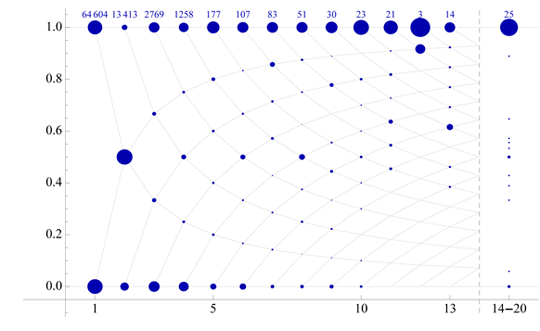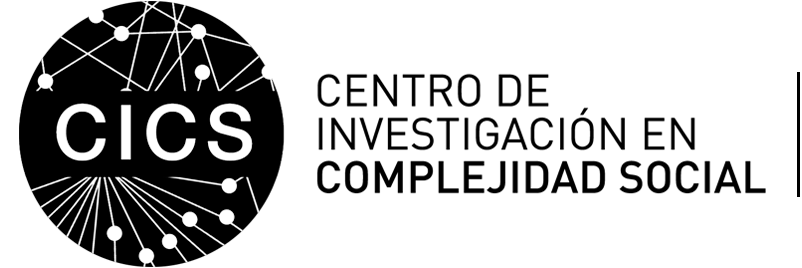The human singularity in the mating choice

HASTA QUE LA EMPATÍA LOS SEPARE
Once you are part of a species linked by couples, you have a problem: you have to choose someone. And we do it in a very similar way to the rest of the animals, except that we are empathic and self-careful. Tamas David-Barrett specializes in the study of evolution and mate choice before demographic components and the compatibility of our social networks. This hypothesis is investigated through mathematical models that analyze the relationship between fertility and kinship and networks of friends; as well as a set of empirical data from an experiment that was executed in 7 languages around the world. (n = 7600). The results fall within the disciplines of evolutionary biology, evolutionary anthropology, demography and network science.

Fig. The proportion of men in profile pictures (with adults of the same age only) as a function of the number of people in the picture. The value corresponding to each n sum 1. The size of the discs denotes the proportion in the proportion in that particular container. The crossing points in the grid are the only possible points given the discrete nature of the data.
NETWORKS + BEHAVIOR
Most short and long-term partner choice factors in humans are shared with other animals. The biological factors in these cases determine the basis behind who we choose to have a relationship with one night, or who we choose to marry. However, there is another partner choice factor that is unique to humans. Namely, we take into account the compatibility of the social network, especially the kinship network, between our close social contacts and those of potential partners.
Researchers
|
|
Productos



